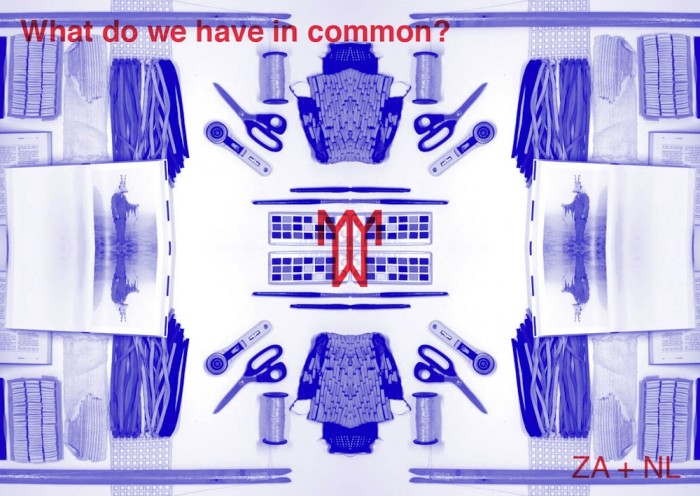
Agata Niemkiewicz and Matylda Krzykowski met about three years ago at an exhibition in Eindhoven, the Netherlands.
Although they came from opposite ends of the world – Niemkiewicz is South African-born while Krzykowski is from Poland – they found that they had a lot in common. They are both female designers, both have Polish roots and they are both very passionate about the possibilities of craft.
“Our differences and commonalities made us want to work together,” explains Krzykowski. “And we wondered whether we could almost mimic this exchange between other designers.”
Born from their communalities is their collaborative design and culture experience called Common Methods.
“We want to bring designers to uncommon territories, to stimulate new developments through collaboration that promotes knowledge exchange and personal development.”
The basic idea is team up crafters and makers from both South Africa and the Netherlands for a collaborative design exchange. The process will be visible in a collection of products, created in collaboration between the crafters, and the local manufacturers. These outcomes will be presented in an exhibition that will not only include the final collection of products but also the process, sketches, prototypes, mistakes and failures.
The hope is that this will open up a platform for conversation, a conceptual playground for collaborative craft production.
They have selected four designers to partner with them in the first instalment of the Common Method experience. Phil Proctor and Lio de Bruin both from the Netherlands will be paired with South African counterparts Natalie du Toit and Matthew Nielsen.
While the first edition is an exchange between South Africa and the Netherlands, the duo also envisions taking the process to other countries like Taiwan.
You can read something and you might think you understands it until you experience it, and when you experience it with someone else you have a constant discussion that deepens your own understanding that becomes real insight, says Krzykowski.
According to Krzykowski ultimately success for the project would be if the designers, after the six-week workshop, end up with a design or idea that they won’t have conceived of before the experience; that it is so out of their regular context that it is a real creative, and even emotional, breakthrough.
Beyond the personal growth and creative exchange they hope that the project will also have a commercial aspect to it and they are already in discussion with partners to look at retail options.






